hard candies
Hard Candies History: Everything You Need to Know!
Karina Ikedo
Posted on February 15, 2024
Share:

With a colorful appearance and sweet taste, hard candy is loved by many people of all ages. Japan has a lot to offer when looking for the best hard candies to buy. These candies come in different shapes, sizes, and flavors. Various Japanese candy makers produce creations that fuse modernity with tradition.
With tons of flavors, people will find candies that suit their tastes. Hard candy is sure to continue developing as an irreplaceable type of sweet among Japanese people. Keep reading to learn more about Japan’s history and the many types and flavors of hard candy!
How did hard candies become popular in Japan?
Hard candy first appears in historical documents from the Nara Period, precisely the first half of the eighth century. This means that candy originated in Japan almost 1,300 years ago. Emperor Jinmu, Japan’s first emperor, is said to have made candy to bring happiness to people with its sweet taste. Candy became more widespread as part of people’s lives in the Edo Period. When they were eaten as sweets by ordinary people.
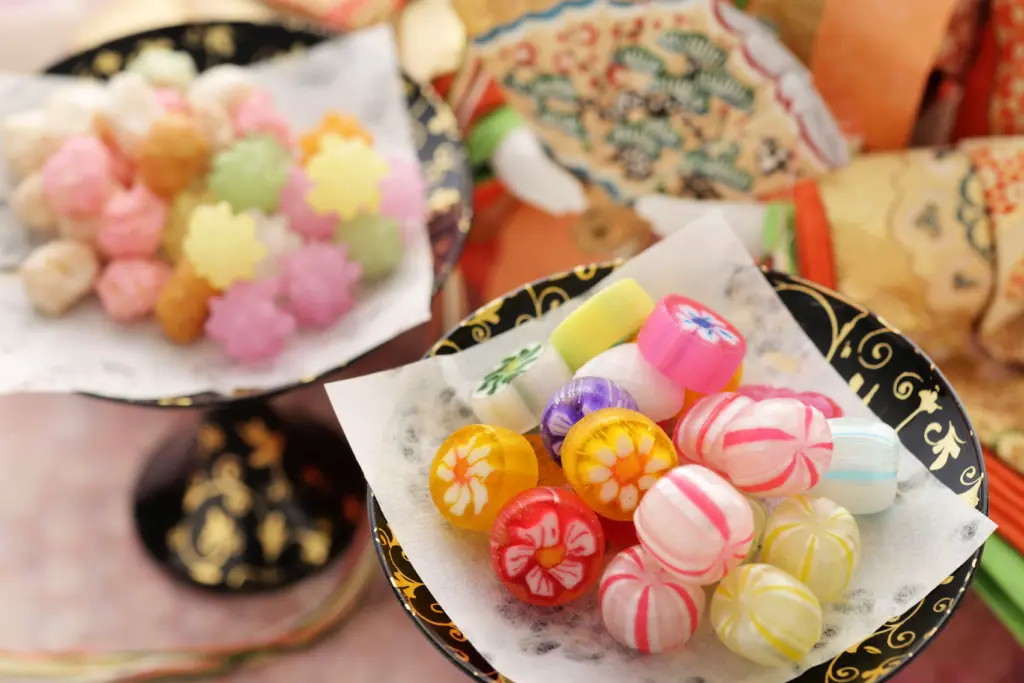
During this period, black sugar began circulating in Japan, and candy sellers started making unique Japanese hard sweets. Candy sellers began to appear on the streets in the Edo Period, selling candy while playing musical instruments.
They entertained people by showing how they bent and expanded the candy before it hardened. This candy is known as candy sculpture and is a traditional Japanese art form. Although Japanese hard candies have changed over the years, these sweet treats are still consumed daily.
Are you looking for delicious, artisanal hard candies? Check out Sakuraco! Sakuraco delivers traditional Japanese snacks, teas, sweets, and snacks from local Japanese makers directly to your door so you can enjoy the latest treats directly from Japan!
What are the most common flavors?
Japanese hard candy comes in various flavors: fruit, sour, and milky. However, most hard candies are use real fruit juice and taste like orange, lemon, or other fruits. Soda is another popular flavor that tastes exactly like Japanese soda but in a candy form. Milky hard candies are also among some of the most beloved flavors of Japanese hard candies. In addition, brands like Lion, Kasugai, and Asahi all create hard candy with a delicious taste and outstanding flavors.
What are the different types of traditional hard candies?
Here are some of the most popular types of traditional hard Japanese candies!
Konpeito

Konpeito is a star candy with a long history, yet so many flavors to choose from! Made from cane sugar, they are sweet and look delightful. The round-shaped candies look like stars with their spikes. They also come in different colors, including blue, pink, white, orange, violet, green, and more. All in all, this sweet delight makes a perfect treat for the young and old.
Amezaiku
Amezaiku (candy sculptures) handmade Japanese candy are unlike any other, with their hyper-realistic animal designs and lollipop-likeness. It requires a distinct skill set that only a few people have anymore. The sculptor heats up the candy and manipulates the shape with their hands and Japanese scissors. The sculpting process takes minutes since they only have so long before the candy hardens again.
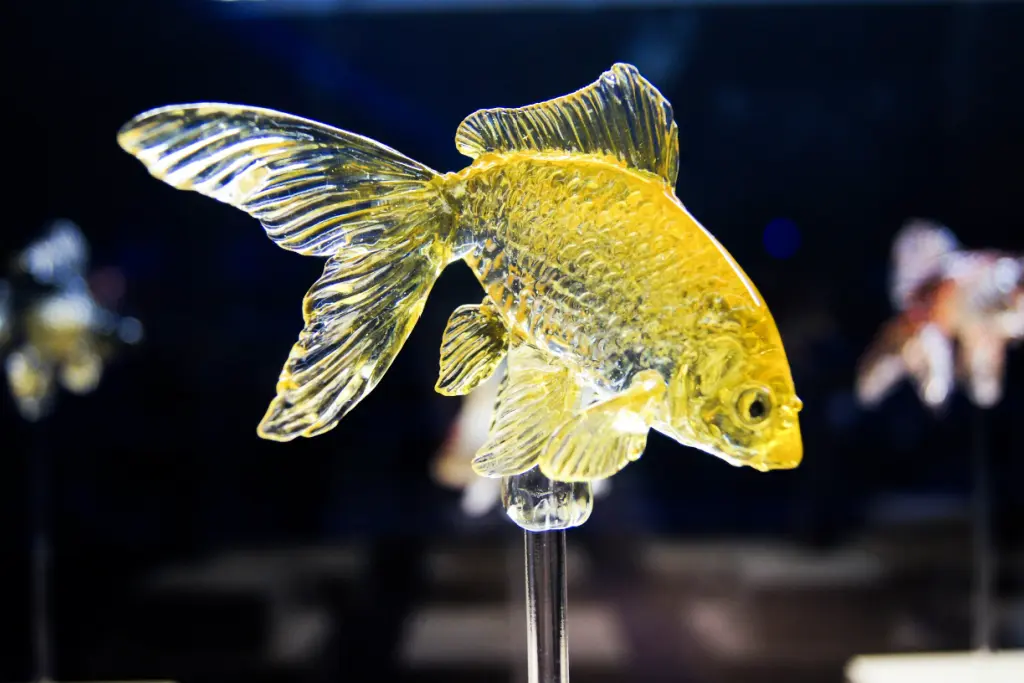
After the taffy has been shaped, it’s painted and dyed, creating a beautiful finished product that resembles a glass sculpture. This culinary art form gained popularity during the Heian period when people would leave hard candy as temple offerings. It goes without saying, but there has never been an art form like amezaiku. Who wouldn’t want to eat a sugary piece of art?
Kyoame
Kyoame (traditional Kyoto candy) is hand-made to perfection. The artisans boil the sugar and make into candy paste; then they add the flavor as it cools. Then, this delicate hard candy is kneaded and rolled into a long, thin line and cut into bite-size pieces. It’s all done by the craftsman’s hand.
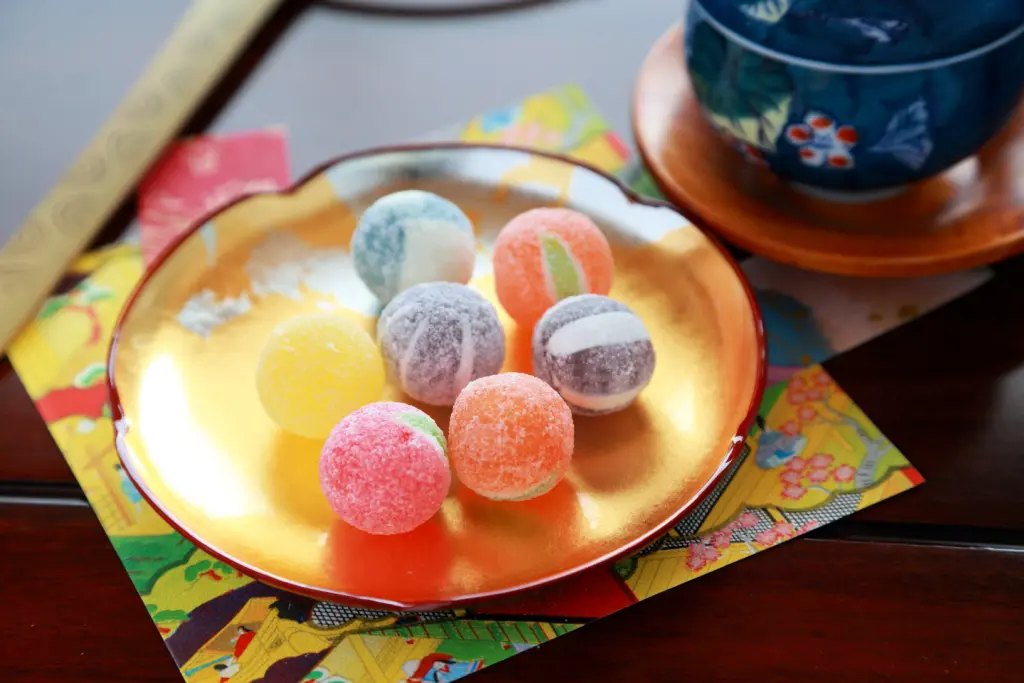
No artificial flavors or coloring are in these candies. As with any food from Kyoto, the flavors are subtle and delicate. Don’t expect over-the-top sweetness! With an extensive range of flavors and stunning designs, selecting just one is undoubtedly a delightful and satisfying challenge.
Why should I try traditional hard candies from Japan?
You should try traditional hard Japanese candy if you enjoy trying something different. Many hard candies help with health and other areas besides being tasty. Such as throat drops that soothe a sore throat when you have a cold. And candy that is kind to your teeth with xylitol that helps prevent cavities.

Hard candies have quite an assortment of flavors and designs. Some hard candies are an actual work of art! Japanese confectioneries and food companies successfully created a variety of hard candies that can cater to people of all ages. From fruity treats that will delight the young ones to sweets with a unique taste, there is something for everyone.

Discover authentic flavors with Sakuraco
Get Sakuraco 

Discover authentic flavors with Sakuraco
Get Sakuraco 
Related Articles
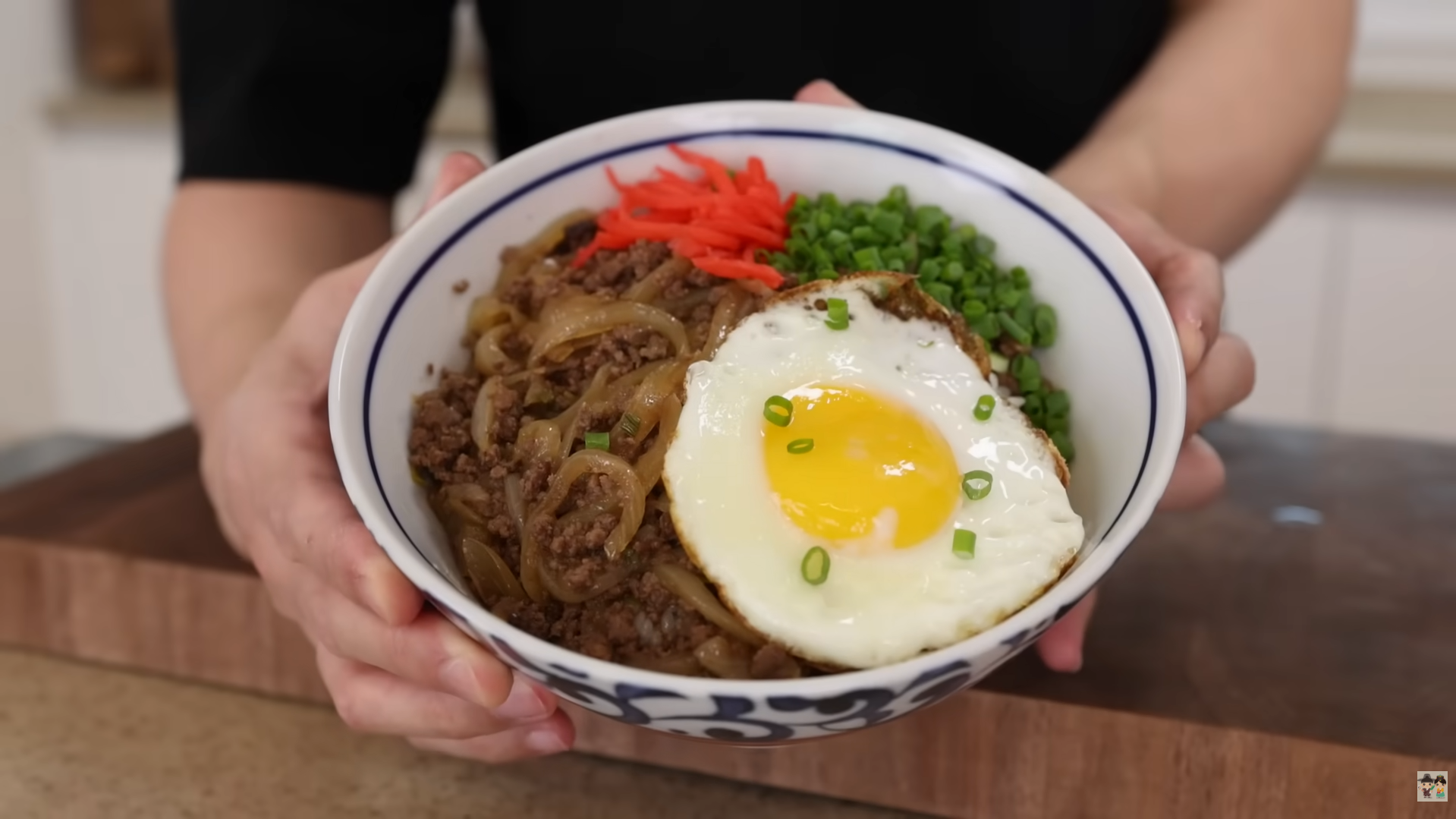
Aaron and Claire Show Us How to Make Gyudon!
If you’re looking for a Japanese comfort food that’s quick, affordable, and full of flavor, Aaron and Claire have a great option. In this video, Aaron shows how to make Gyudon using ground beef instead of the usual thinly sliced beef.
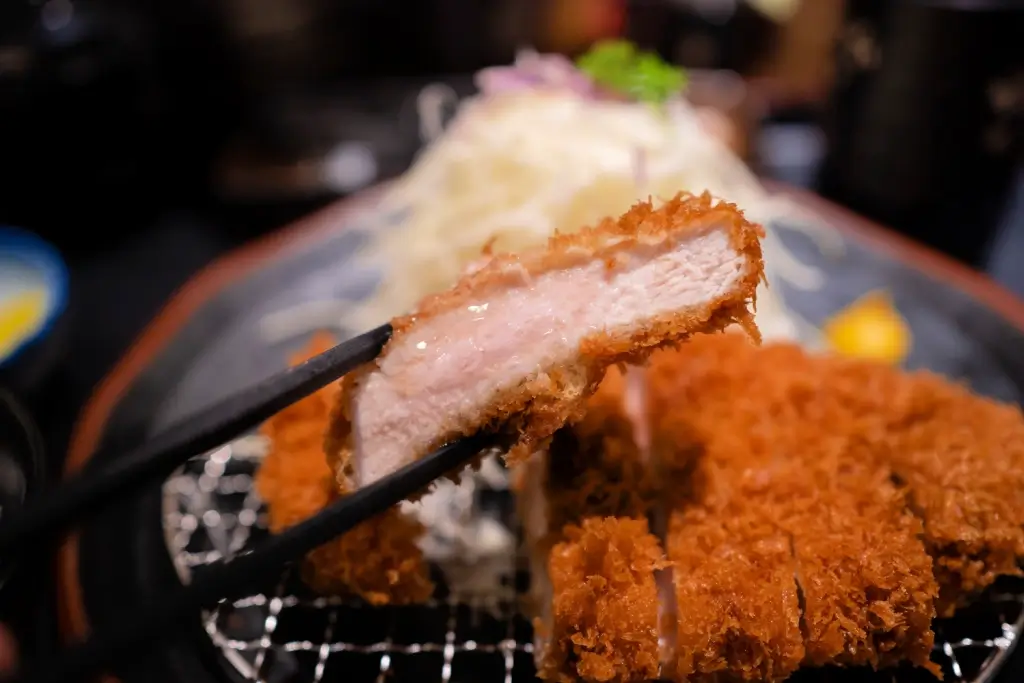
Tonkatsu Luxury Restaurants: Best Ones to Try!
Don’t miss out on tonkatsu if you’re traveling to Japan! Tourists often add the meal to their must-eat list because of its delicious and satisfying nature. Even better, you can elevate the experience by going to luxury restaurants across Japan, where you can experience some of the most celebrated pork cutlets.
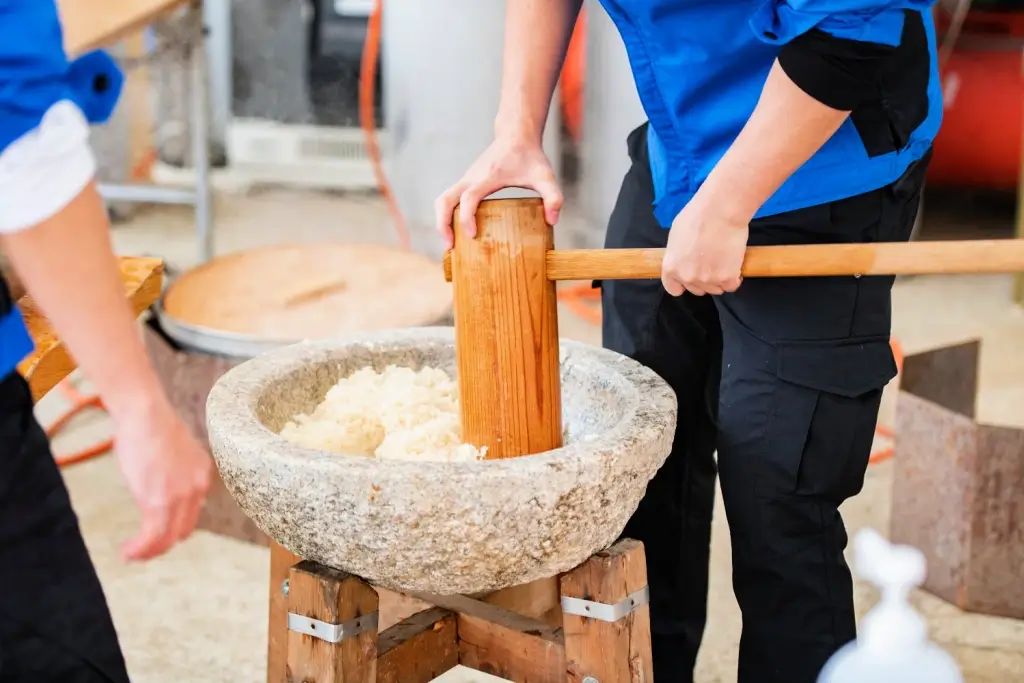
Mochi: How is Mochitsuki Made in Japan?
Mochitsuki is the Japanese tradition of pounding steamed rice to make mochi for the New Year. Families and neighbors gather to participate in this lively and meaningful tradition. The teamwork involved helps everyone feel a sense of connection.

Konpeito Candy: What Makes This Starry Treat Shine?
If you are a fan of the famous Demon Slayer series, then you probably know that the favorite treat of the adorable Nezuko Kamado is those tiny, colorful little sweets.



